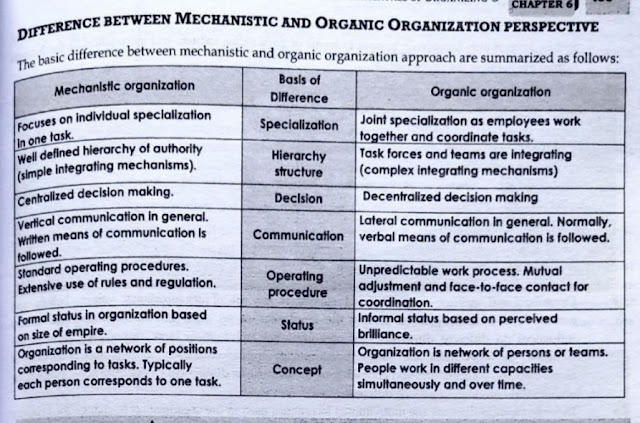What are the uses of the final modifier? Explain each use of the modifier with examples.
Final Modifier Final Modifier is a non-access Specifier that is used to restrict a class, variable, and method. If we initialize a variable with the final keyword, then we cannot modify its value. The final modifier keyword makes the programmer cannot change the value anymore. The actual meaning depends on whether it is applied to a class, a variable, or a method. It's a modifier that you can apply on variables, methods, and classes and when you apply the final modifier it can make variables immutable, prevent the method from overriding in subclasses, means no polymorphism, and when you make a class final in Java it cannot be extended anymore, taking out Inheritance from the picture. The java final modifier can be used in the following ways (i) variable → To Create Constants (ii) Method → To prevent Method overriding (iii) Class → To prevent inheritance. 2nd Part The use of each modifier is explained below with example:- (i) To Define Cons...



